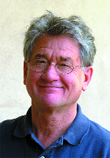 DONALD
V. HELMBERGER
DONALD
V. HELMBERGER
Don Helmberger’s interest in seismology started with a cruise to Alaska
— the first time he had ever left Minnesota. After two weeks spent looking
at seismic data from the ocean floor, he went from particle physics at the University
of Minnesota to seismology at the University of California, San Diego.
Now a geophysicist at Caltech in Pasadena, Calif., Helmberger has academically
fathered a slew of topnotch geoscientists who have followed his interests in
using seismic waves to see Earth’s core-mantle boundary, theoretically
and observationally. Helmberger’s work has illuminated Earth’s inner
core, crust and upper mantle using seismology, as well as elucidating earthquake
source mechanisms.

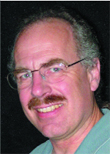 RAYMOND
JEANLOZ
RAYMOND
JEANLOZ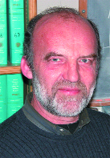 DENNIS
V. KENT
DENNIS
V. KENT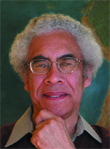 S.
GEORGE H. PHILANDER
S.
GEORGE H. PHILANDER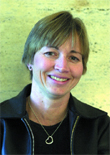 MARIA
T. ZUBER
MARIA
T. ZUBER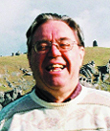 DAVID
J. STEVENSON
DAVID
J. STEVENSON